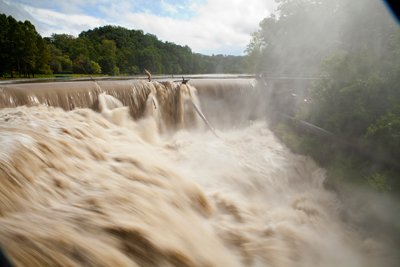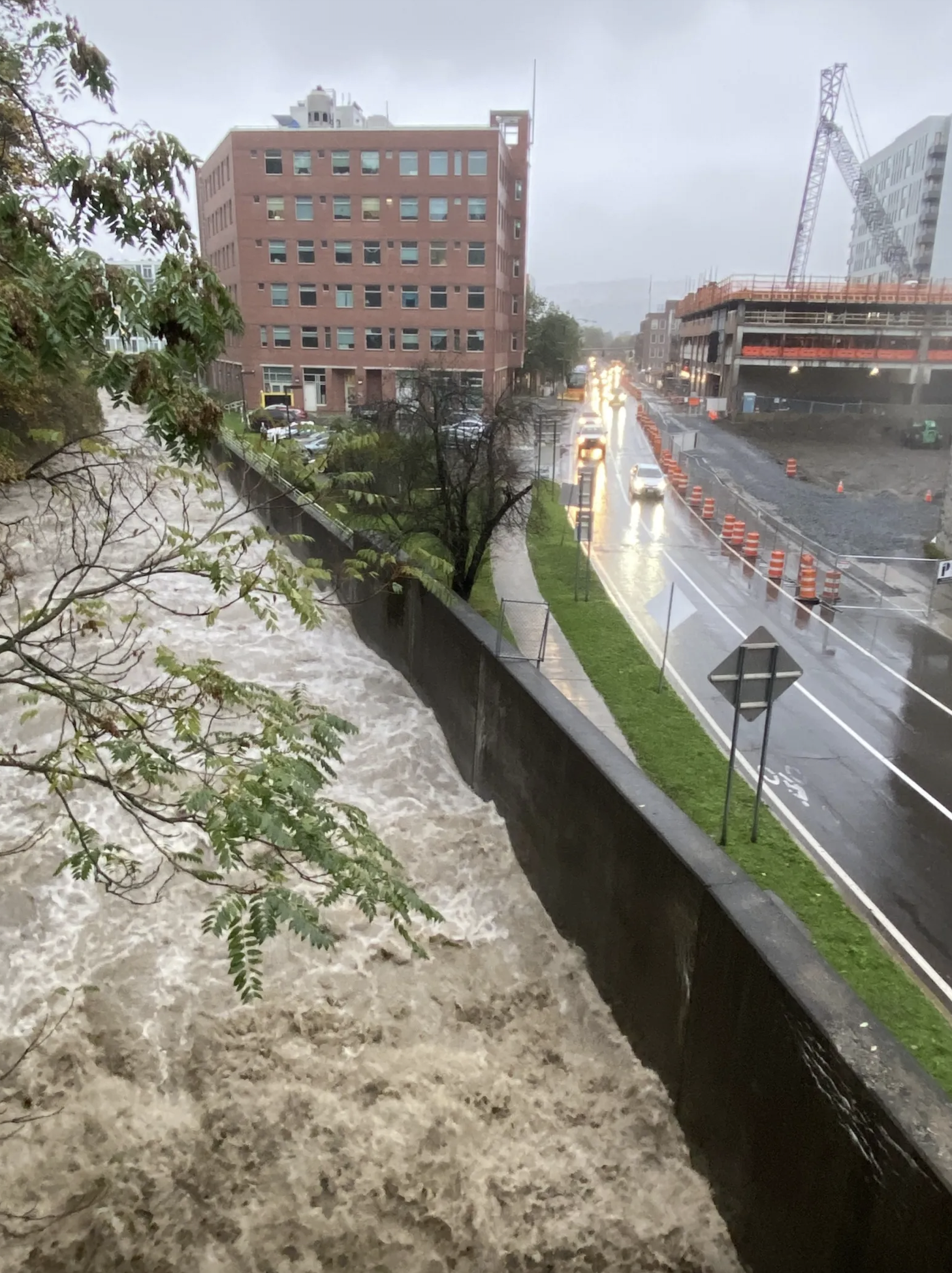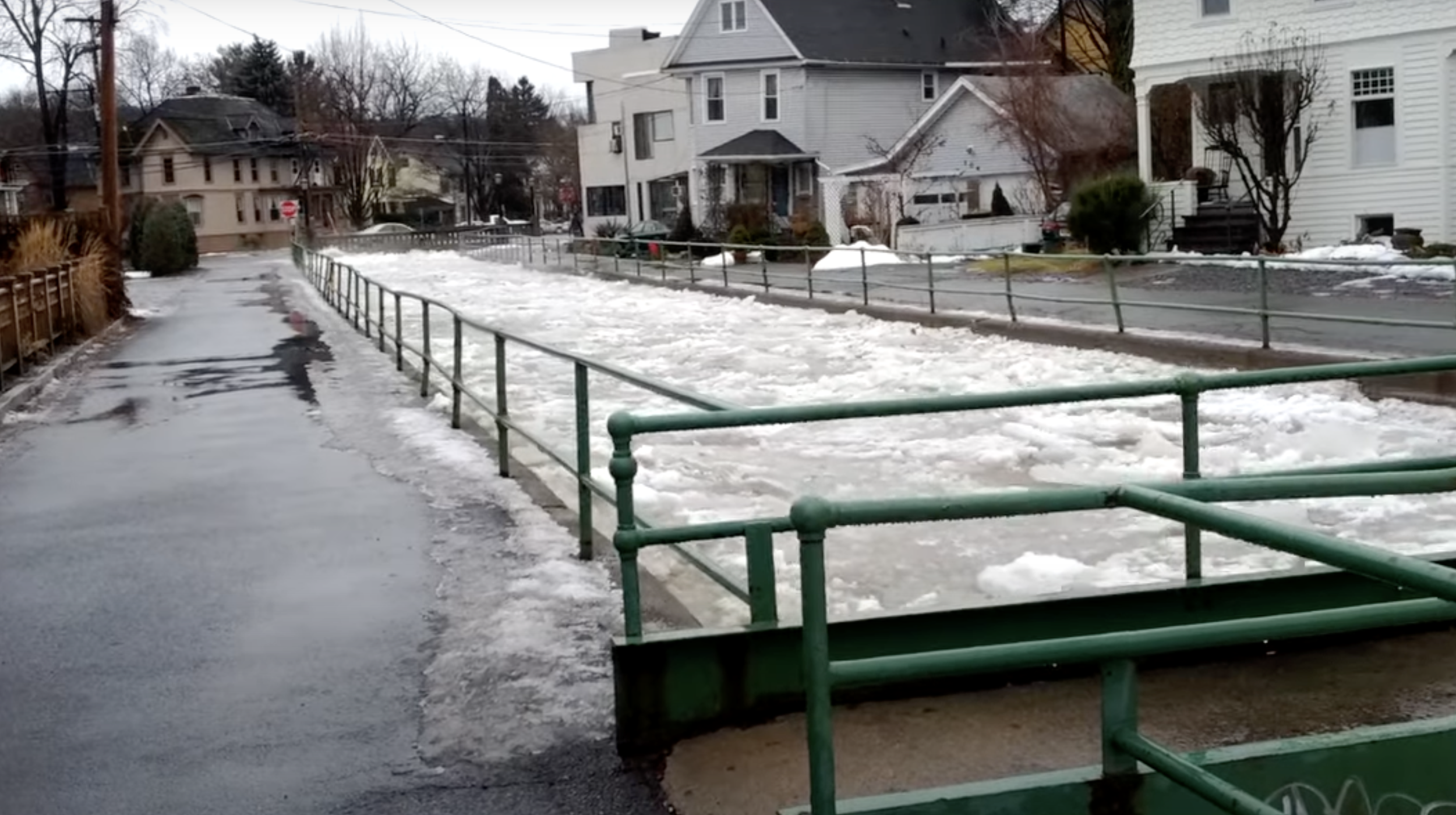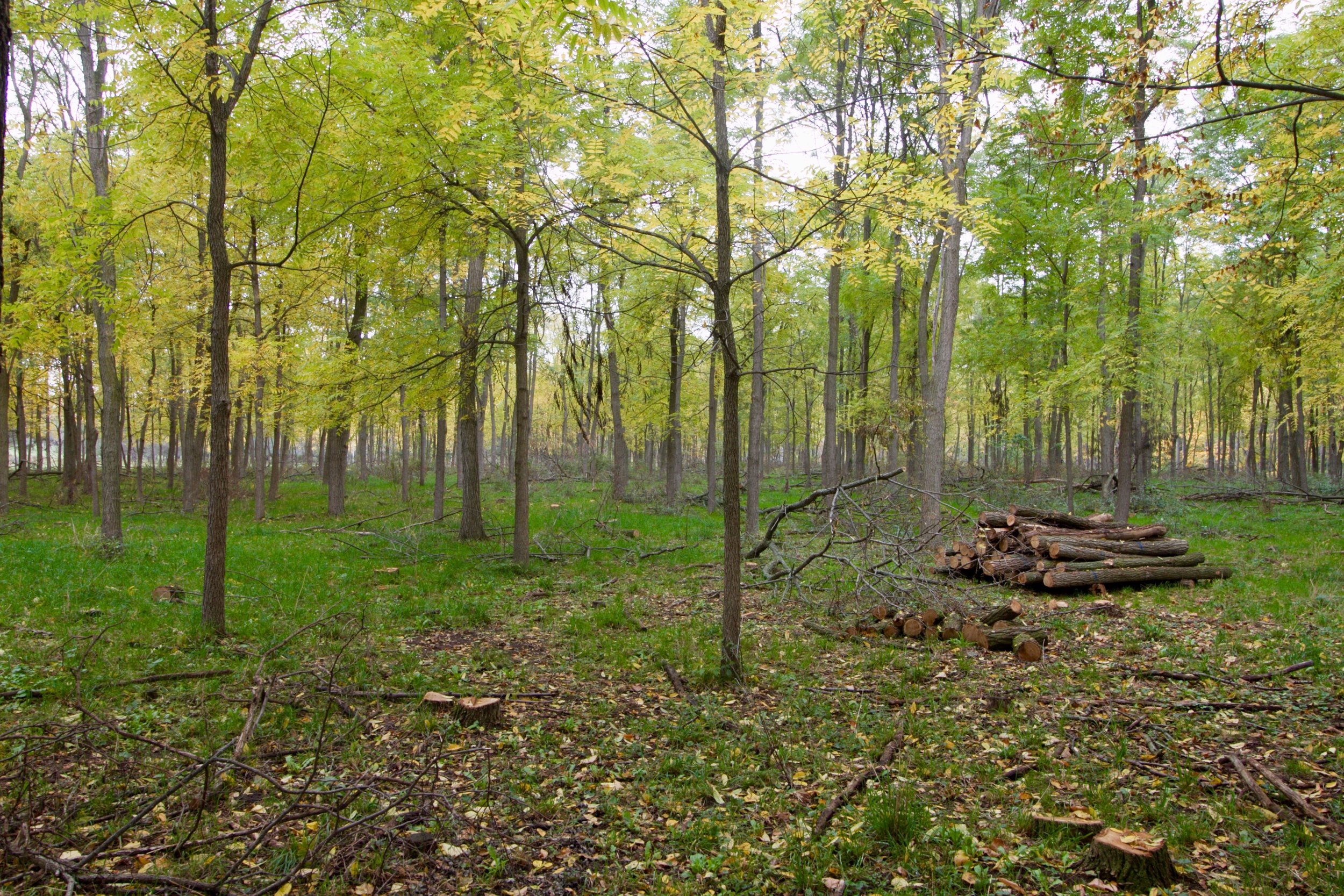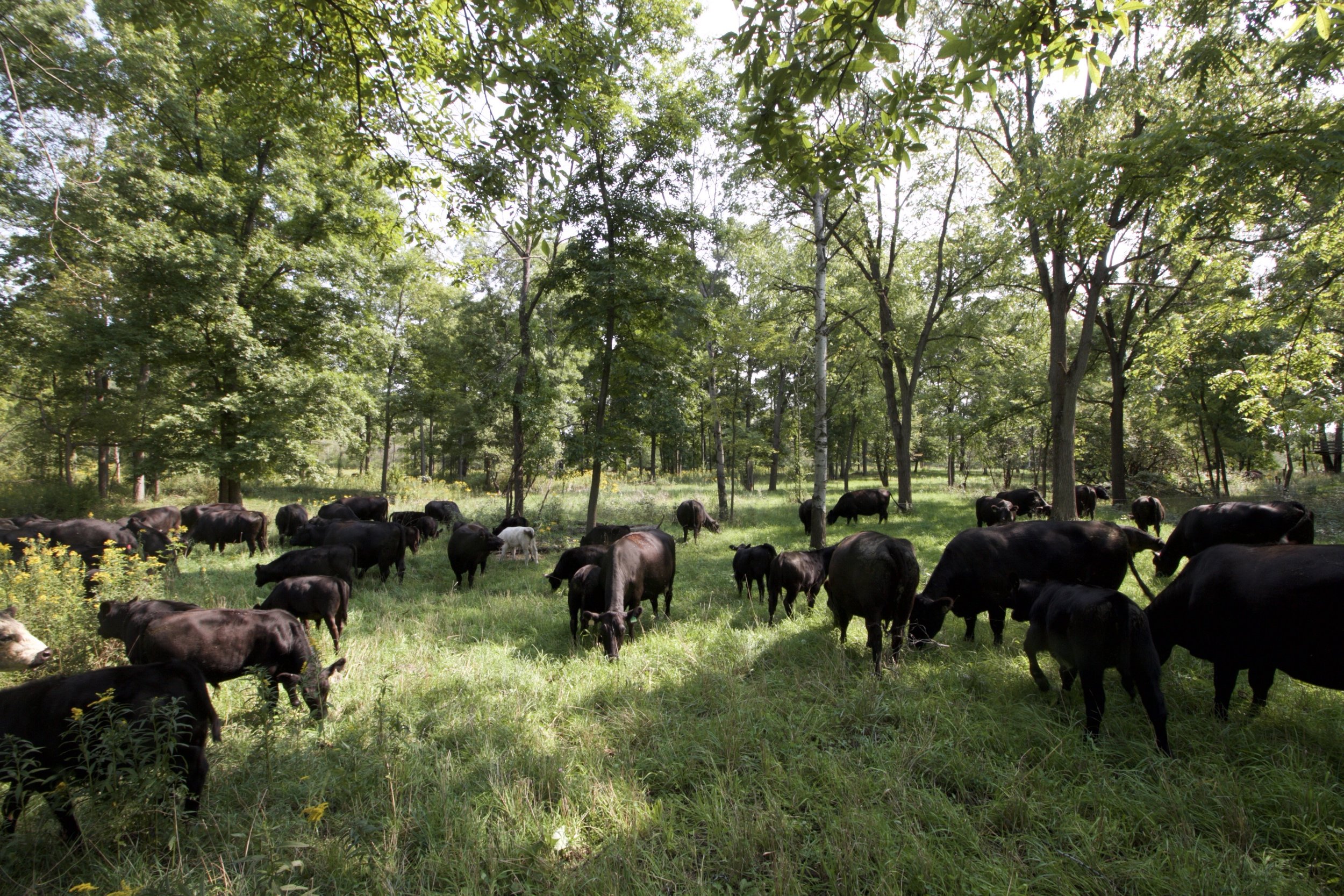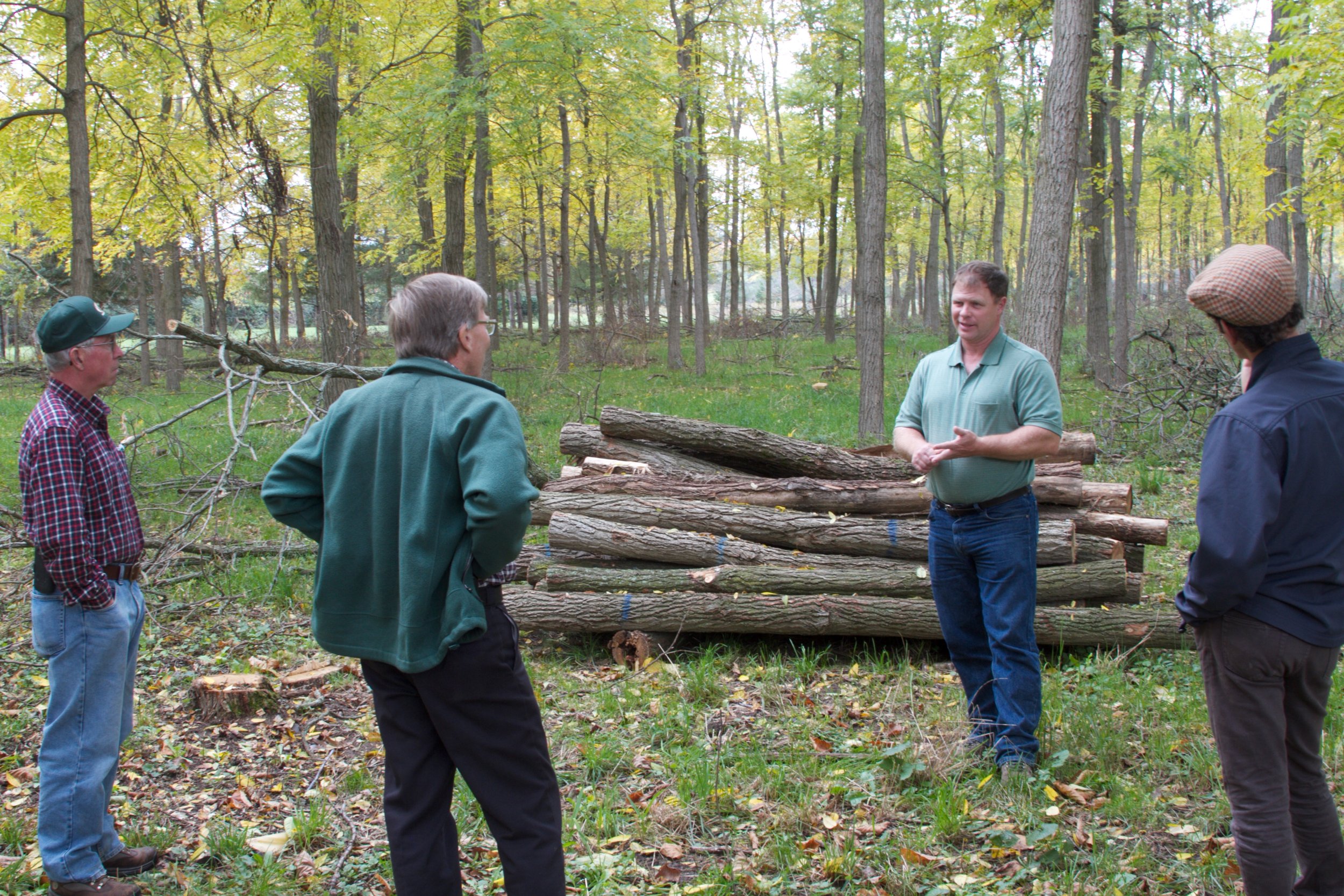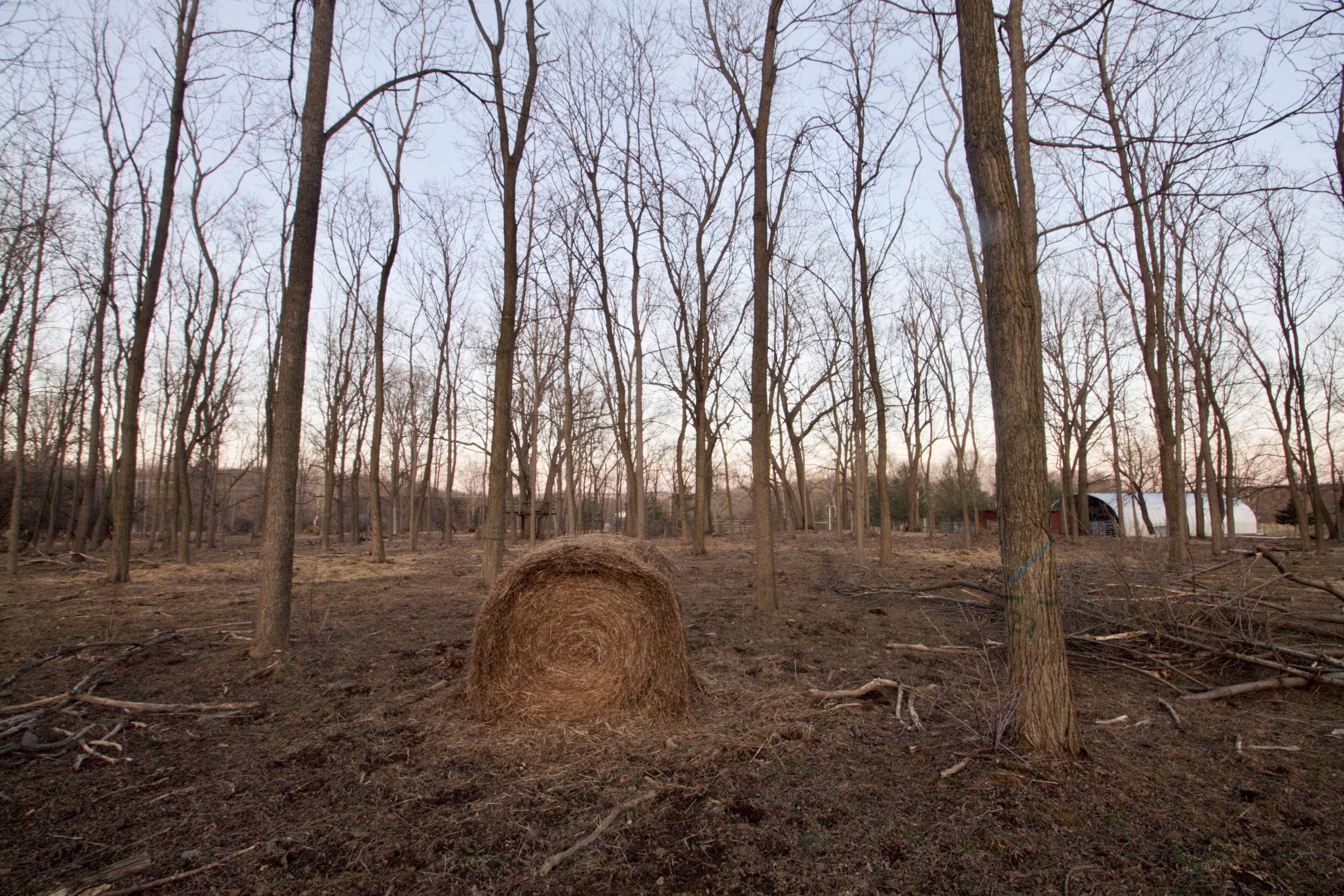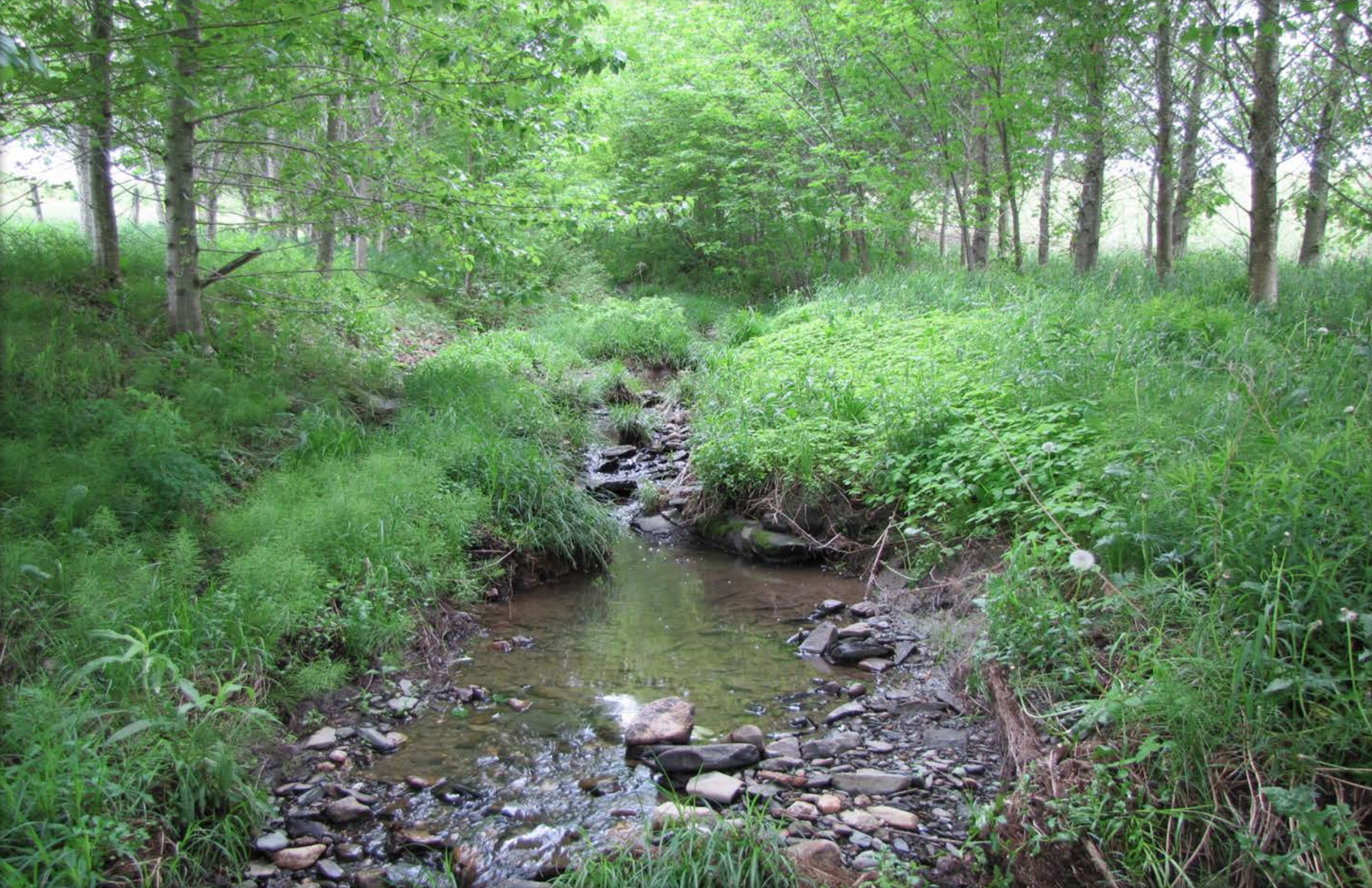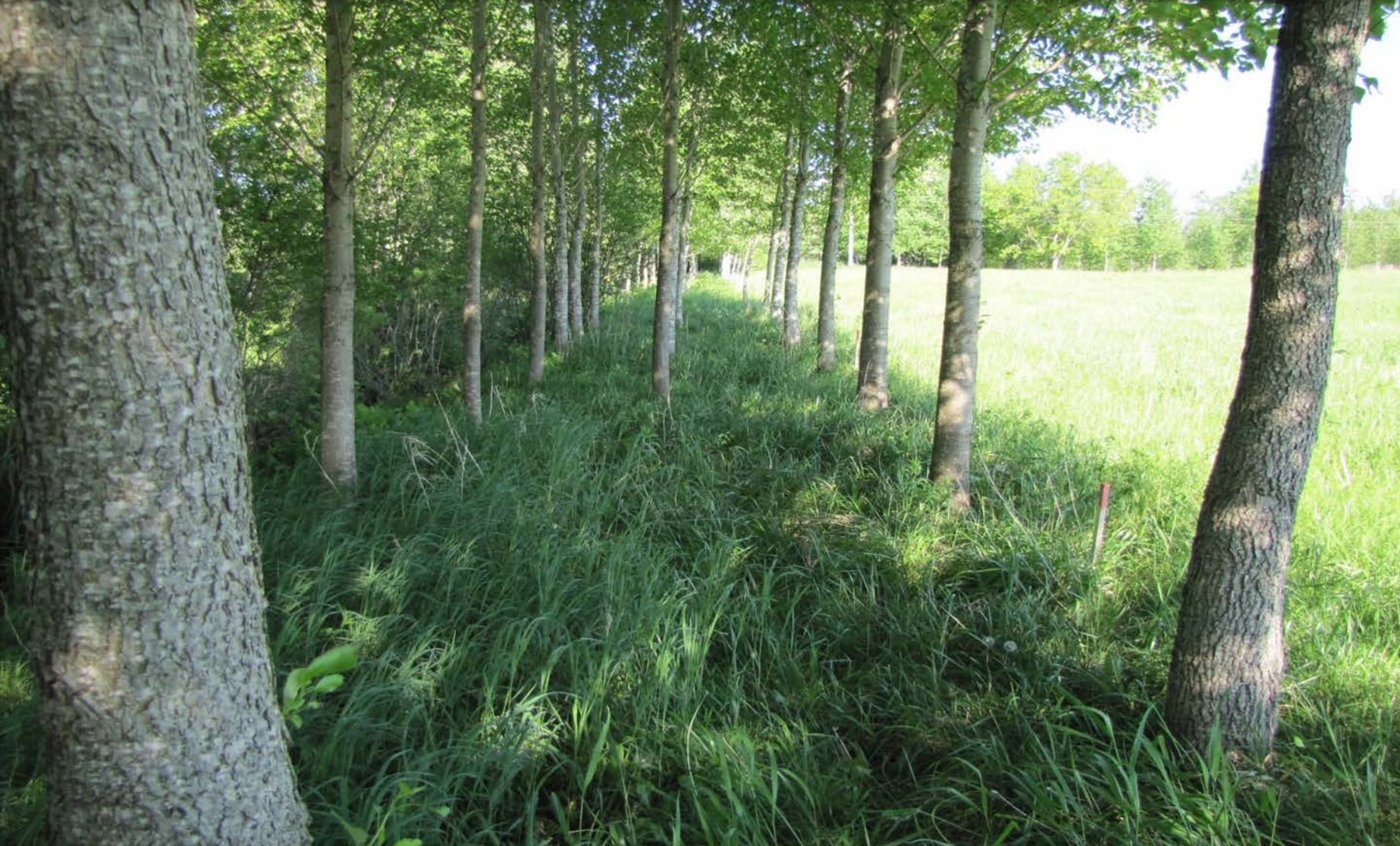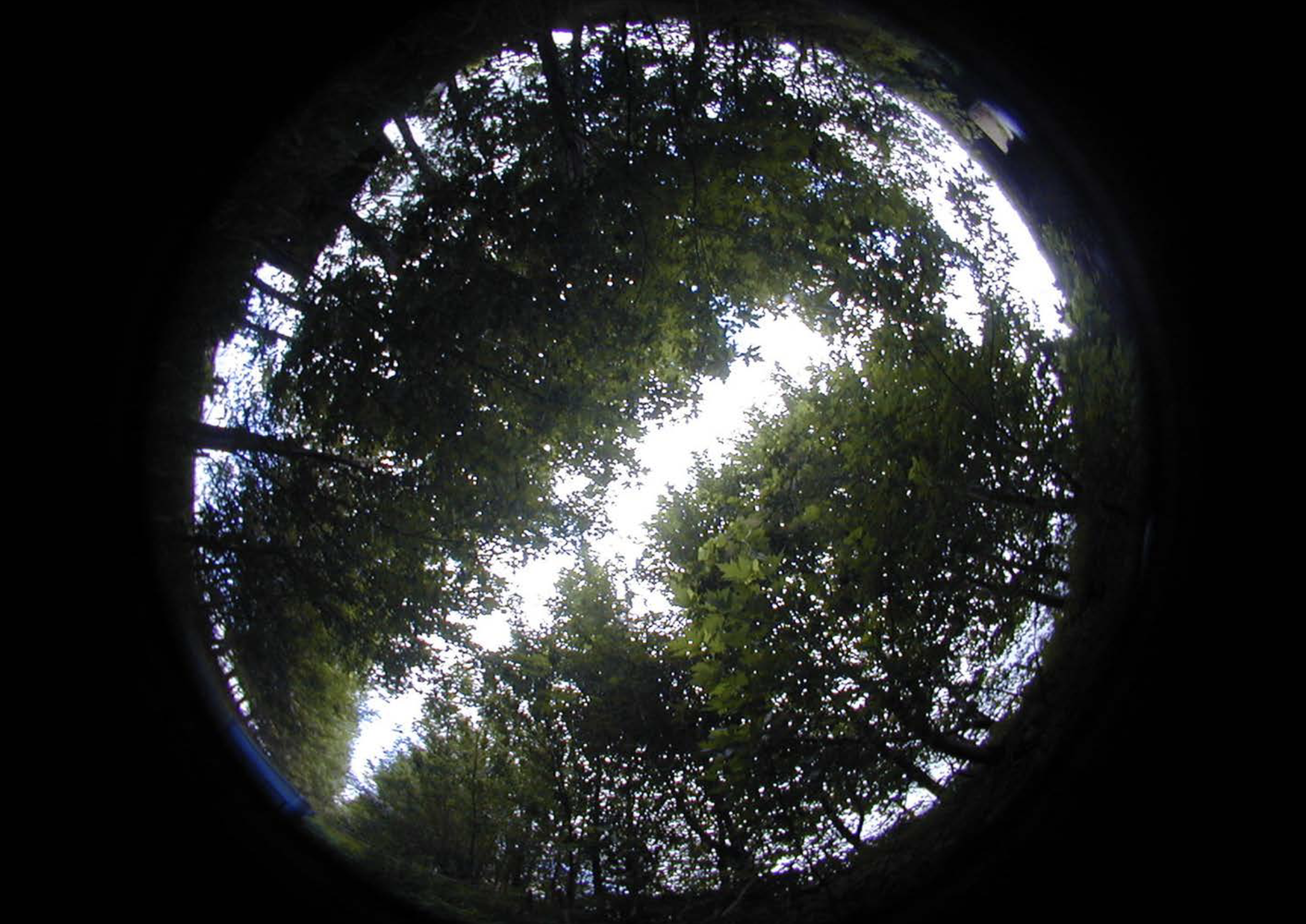Stormwater Management, Flooding, and Agroforestry
Forests mitigate flooding, but cropland produces income. How can we balance the two?
If we reforest subprime agricultural land in the hills, how do the valleys benefit? Forests slow floodwaters, but don’t produce much food. Storm runoff from cropland swells the creeks and washes out roads, but food security and rural jobs are important. An array of tree species in North America can overcome this tradeoff, yielding flood control, agricultural products, and on-farm economic benefit.
As far as ecosystem services go, flood control is a potent benefit that forests produce. In the wake of Hurricane Harvey dropping 30” of rain on greater Houston, we saw $466 billion in damages, or enough to pay a $46 million salary for 10,000 years. Much of Houston’s damage was due to houses and infrastructure being built in flood plains. On a smaller scale, Tropical Storm Irene washed out bridges and roads in Vermont in 2011, causing $750m in damages. In Ithaca, New York in 1935, 7.9 inches of rain over 24 hours caused $466 million in damages. Similarly, the 1981 Ithaca flood left waist-deep water in the Fall Creek neighborhood, caused by 4.4” of rain in 6 hours.
Deforestation exacerbates floods. The go-to metric is that 1 acre of parking lot produces the same runoff as 36 acres of forest. Cropland has a runoff coefficient of around .5, which is between forest (.15) and parking lot (.95). This has to do with canopy roughness, surface retention, and soil permeability. Trees slow rainfall with their branches and leaves, the forest floor holds water as a sponge of dead branches and leaves, and permeable forest soils infiltrate rainfall. Trees and forests serve as green infrastructure, slowing the over-land flow of water before it enters a stream.
It is important to note that wetlands and beavers naturally augment this process, creating natural stormwater detention basins and check dams. However, swamps don’t create direct economic benefit for landowners, and the mutually-beneficial link between upstream land managers and downstream towns is vital. Productive agroforestry does the job of absorbing rainfall and slowing floodwaters, without retaining that water over such a long period of time that the land falls out of production.
Ithaca, New York – a case study
Dams, levees, check dams, and water-related infrastructure are incredibly beneficial to society. And: green infrastructure upstream can take the strain off of grey infrastructure downstream in a manner that is cost effective and saves taxpayer dollars. Ithaca, New York benefits from levees and floodwalls along its creeks, but creeks that carry sediment from farmland upstream slowly deposit the silt on the bottom of these channels, causing flood waters to surge up over the earthen and cement walls. Dredging the Cayuga Inlet is expected to cost roughly $13 million. Intercepting sediment upstream with treed riparian buffers will delay having to incur this cost again, and is a recommendation from Barton & Longuidice’s Local Flood Hazard Analysis, commissioned by the city in 2020. Published research shows that treed buffers are also 4.5x as effective as grass buffers in absorbing phosphorus runoff, the main cause of algal blooms in Cayuga Lake.
If $10 million is allocated to build a levee, that same funding (though not mutually exclusive) could install at least 160 miles of profitable treed buffers along creeks, streams, and ditches – sufficient to cover a significant portion of a watershed, or for reference: 22.8% of the 701 miles of rural roads in Tompkins County.
Municipalities and the federal government are tasked with providing public goods such as police and fire, public health, and national defense. Ecosystem services are likewise a public good, and entities such as the DEC and FEMA work in this arena. Ithaca is intent on carbon neutrality by 2030, and tree planting can help accomplish this goal.
Economically-viable Stormwater Infrastructure
Public benefit is all well and good, but we need to ask, “How do the economics pencil out for a farmer?” Agroforestry systems can produce fruit, nut, and timber products, with timber being the most scalable category. For the cold, wet climates of the United States, two tree species are front and center.
First, black locust (Robinia pseudoacacia) is an early-successional fast-growing hardwood, native to the Appalachian range, the Ozarks, and the land in between. The wood is rot-resistant, and a substitute for tropical hardwoods such as teak, mahogany, and apitong. Black locust is known for its use as fenceposts, yielding top-line revenue of up to $7,000 per acre after 10 years, and an internal rate of return between 7 and 16%, depending on tree genetics, value added, and access to markets. US Army trucks and trailers use about 1 million board feet of Apitong wood, every year. 1 million board feet is enough to cover about 50 acres with hardwood flooring. Apitong (Dipterocarpus spp.) is a critically endangered rot-resistant hardwood, harvested from southeast asian rainforests, and black locust is a direct substitute. Between 4,000 and 24,000 acres of black locust could offset this demand, depending on genetics and management.
Second, Hybrid Poplar is an excellent fast-growing tree, tolerant of wet feet and saturated soils. The US supply of wood is high enough that growing our own sawlogs for dimensional lumber can produce top-line revenue, but needs to be subsidized to overcome the opportunity cost of that land. Hybrid poplar is an exceptional tree for water quality. The tree yields functional lumber after 20 year or fewer, but must be harvested before it senesces. Planting hybrid poplar is analogous to keeping money in treasury bonds or a savings account for 20 years, rather than a portfolio of stocks. Trees such as black walnut and larch also yield modest returns over 40+ years. More info on hybrid poplar can be found here (Fortier et al), and is the source for the associated photos.
Lastly, beyond black locust and hybrid poplar, many tree species can provide shade for cattle. As a general rule, cattle should be fenced out of riparian zones. However, if a grazier is experienced with adaptive multi-paddock systems, they will be able to use a windbreak or a buffer as a shade paddock in the summer, when the ditch or stream bed is dry. If we were to purely optimize for water quality, trees without cattle might be better, but diligently-managed silvopasture is a healthy compromise, far and away better than treeless ditches.
How can we fund agroforestry and green infrastructure?
Though agroforestry can generate income over the long-term, initial capital requirements are high, and farmers cannot be expected to transition land on their own dime. Establishment costs can and should be subsidized, and a per-acre lease fee, paid annually to manage and retain the trees, would ensure that the green infrastructure persists. One way to accomplish this without completely relying on tax revenue would be to issue a municipal green bond that could provide modest coupon payments and a redemption value to bondholders at maturity. Precedence can be found with the Forest Resilience Bond, successfully launched to mitigate California Wildfires.
Forests and agroforestry upstream in the hills can mitigate damage from flood waters in towns and cities downstream. Updating flood infrastructure in Ithaca, New York is expected to create $20m in benefit to public infrastructure and private residences, from avoided interference with wastewater treatment, to the 9,600 tons of damaged structural material that would have to be hauled, to avoided health hazards such as post-flood mold. Action to increase a city’s score on FEMA Community Rating System will also lower flood insurance premiums. The rough news is that extreme rainfall is nearly inevitable, but the good news is that flood damage can be attenuated with green infrastructure that yields a host of co-benefits, both social and economic.


